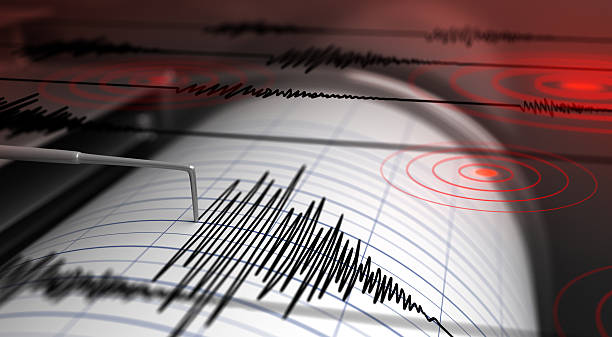

INTRODUCTION
Seismic provisions in current model building codes and standards include rules for design of structures using nonlinear response-history analysis which are based, in large part, on recommendations for analysis of seismically isolated structures from more than 20 years ago. In Indian scenario, unfortunately, there is currently no consensus in the earthquake engineering community on how to appropriately select and scale earth-quake ground motions for code-based design and seismic performance assessment of buildings using nonlinear response-history analysis.
Ground motion selection provides the necessary link between seismic hazard and structural response, the first two components in Performance Based Earthquake Engineering (PBEE).[1] It determines input ground motion for a structure at a specific site for nonlinear dynamic analysis (i.e., response history analysis). As non-linear dynamic analysis becomes more common in research as well as in practice, there is a need for a clear guidance on appropriate ground motion selection methods.